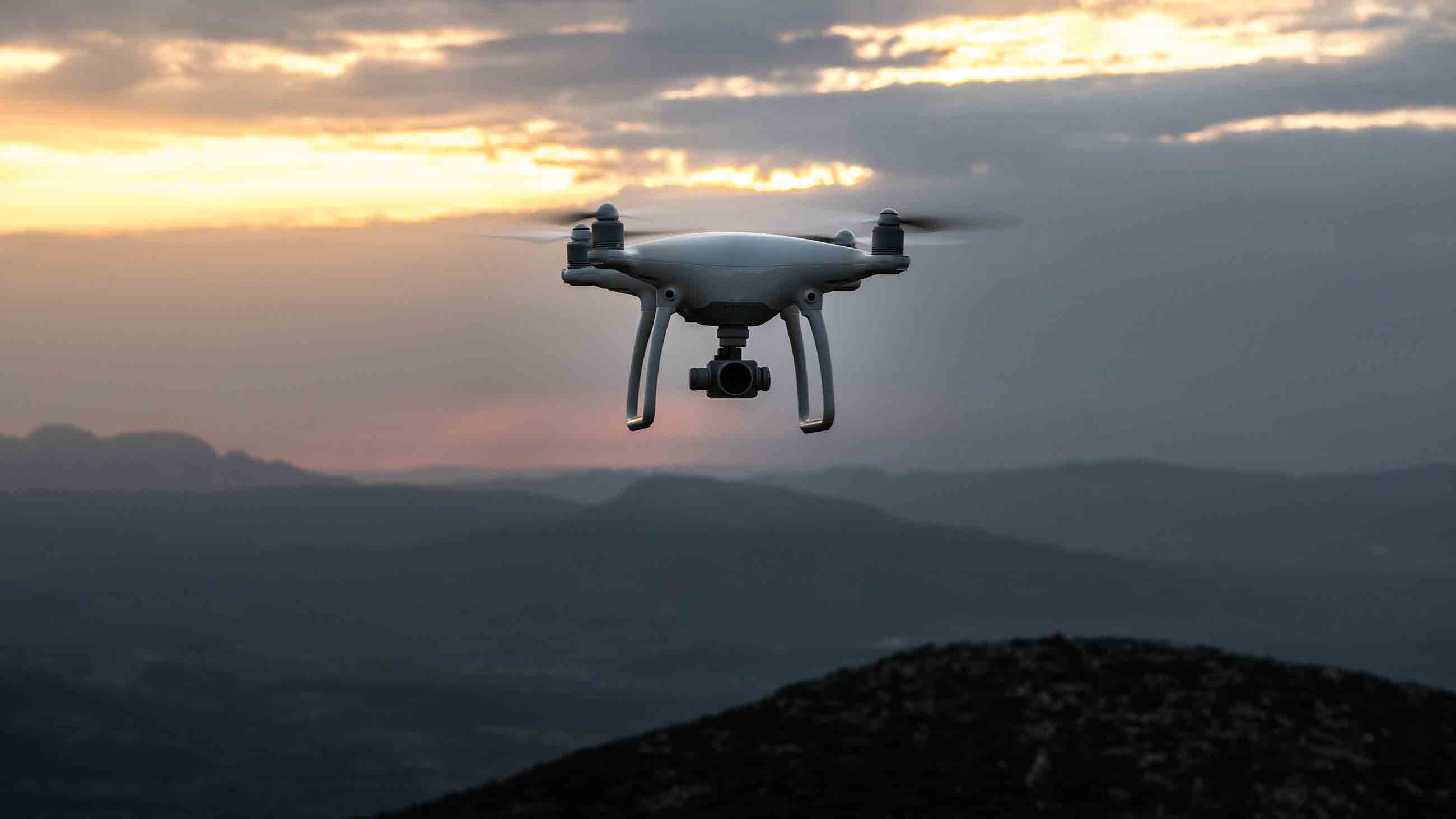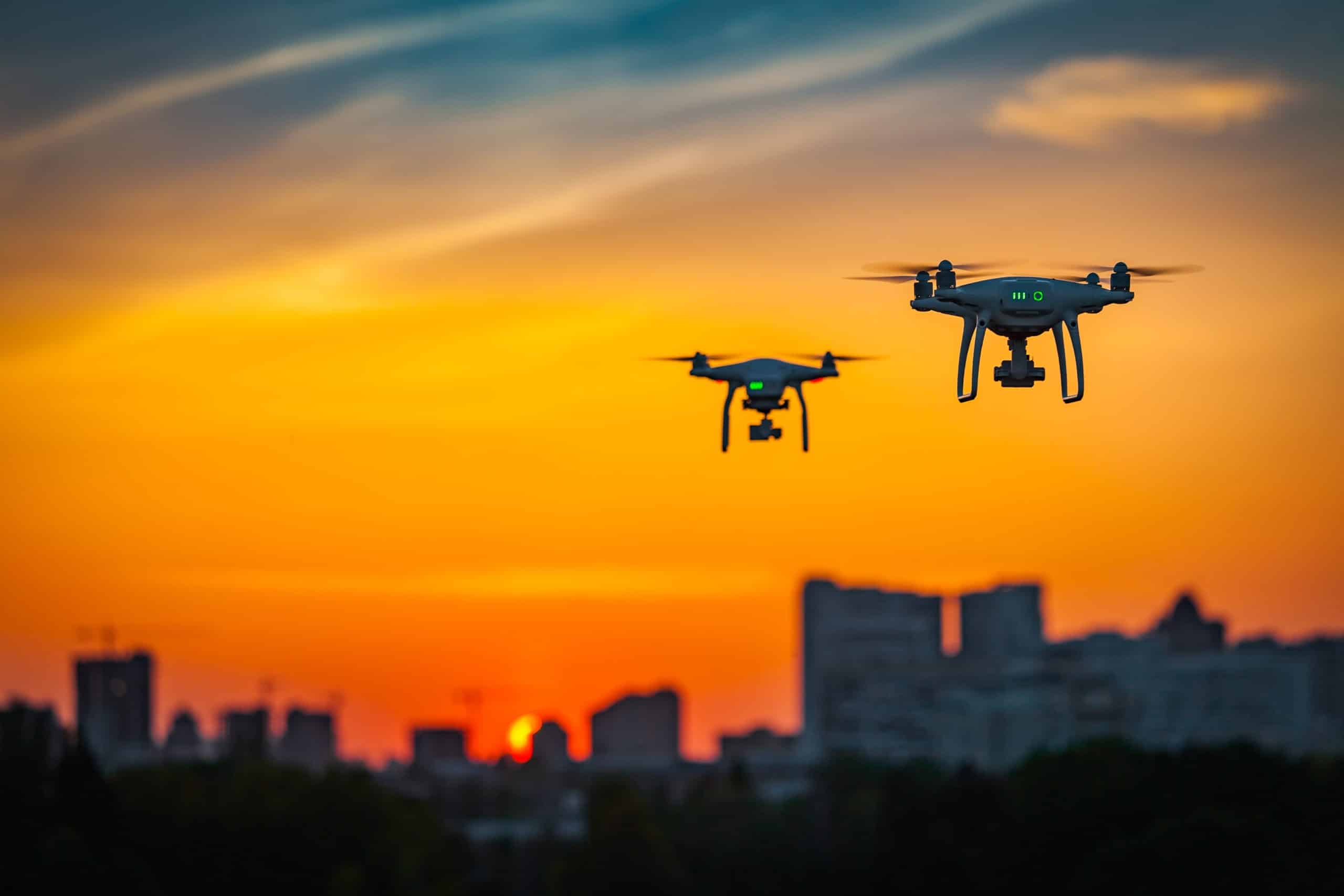Sky elements drones are revolutionizing atmospheric research! These unmanned aerial vehicles (UAVs) are equipped with advanced sensors, allowing scientists to collect crucial data on various atmospheric elements like cloud formations, air quality, and weather patterns with unprecedented precision and accessibility. This opens up exciting new possibilities for understanding our atmosphere and improving weather forecasting, environmental monitoring, and more.
Imagine gathering real-time data from the heart of a thunderstorm or mapping pollution levels across a city with pinpoint accuracy. This detailed information, previously difficult and expensive to obtain, is now within reach thanks to the versatility and affordability of drones. We’ll explore the technology, applications, and ethical considerations of using drones to study the sky.
Drone Technology in Atmospheric Research
Drones are revolutionizing atmospheric research, offering a cost-effective and flexible alternative to traditional methods. Their ability to reach specific altitudes and locations, coupled with advanced sensor technology, allows for detailed data collection previously unattainable.
Sky elements drones are becoming increasingly popular for spectacular light shows, but things don’t always go to plan. Check out what happened at this recent show, orlando drone show malfunction , to see how even the best-laid plans can go awry. Understanding these kinds of malfunctions helps improve the safety and reliability of future sky elements drone displays.
Drone Types for Atmospheric Data Collection

Various drone types cater to different atmospheric research needs. The choice depends on factors like payload capacity, flight time, and altitude requirements.
Sky elements drones are becoming increasingly popular, offering stunning aerial perspectives. However, incidents like the recent drone crash paris highlight the importance of safety protocols and responsible operation. Understanding these risks is crucial for anyone considering using sky elements drones, ensuring both safe and effective flights.
| Drone Type | Payload Capacity (kg) | Flight Time (minutes) | Altitude Capability (meters) |
|---|---|---|---|
| Small Quadcopter | 1-3 | 20-30 | 120-150 |
| Fixed-Wing Drone | 5-10 | 60-90 | 300-500 |
| Hybrid Drone (VTOL) | 3-7 | 45-75 | 200-400 |
| High-Altitude Long-Endurance (HALE) Drone | 15+ | 120+ | 5000+ |
Atmospheric Sensors and Payloads, Sky elements drones
Drones carry a variety of sensors to measure atmospheric parameters. These include:
- Temperature sensors (thermistors, thermocouples)
- Pressure sensors (barometers)
- Humidity sensors (hygrometers)
- Gas sensors (detecting ozone, carbon dioxide, methane)
- GPS receivers for precise location data
- Cameras (visible and infrared) for visual observation
- LIDAR (Light Detection and Ranging) for 3D mapping of atmospheric features
Advantages and Disadvantages of Drone-Based Atmospheric Data Acquisition
Compared to traditional methods, drones offer several advantages, but also present some limitations.
- Advantages: Increased spatial and temporal resolution, targeted data collection, lower cost per data point, accessibility to challenging terrain.
- Disadvantages: Limited flight time and range, susceptibility to weather conditions, regulatory restrictions, potential for data loss due to technical failures.
Sky Element Monitoring with Drones: Sky Elements Drones
Drones are particularly useful for monitoring various sky elements, providing real-time data on atmospheric conditions.
Key Sky Elements Monitored by Drones
Drones effectively monitor several key atmospheric features.
- Cloud formations (type, altitude, movement)
- Air quality (pollutant concentrations)
- Weather patterns (wind speed and direction, precipitation)
- Atmospheric stability (temperature profiles)
- Aerosol distribution
Drone Operation Safety Protocols and Regulations
Safe and legal drone operation is crucial. Regulations vary by airspace class and country. Always check local laws before flying.
- Obtain necessary permits and licenses.
- Maintain visual line of sight (VLOS) unless operating under specific exemptions.
- Avoid flying near airports or other restricted airspace.
- Check weather conditions before and during flight.
- Follow manufacturer’s guidelines for drone operation and maintenance.
- Comply with all relevant safety regulations.
Planning a Drone Mission for Sky Element Data Collection

A well-planned mission is essential for successful data acquisition. Here’s a step-by-step guide for mapping a thunderstorm:
- Define Objectives: Specify the data to be collected (e.g., cloud top height, wind speed within the storm).
- Select Location and Time: Choose a safe location and time for flight, considering weather conditions and airspace restrictions.
- Plan Flight Path: Design a flight path that covers the area of interest, ensuring adequate overlap for data processing.
- Choose Sensors and Equipment: Select appropriate sensors based on the data requirements (e.g., LIDAR for cloud height, anemometer for wind speed).
- Conduct Pre-flight Checks: Verify that all equipment is functioning correctly and that all safety protocols are in place.
- Execute Flight: Conduct the flight according to the planned path, making adjustments as needed.
- Post-flight Procedures: Download and store the data safely, review the flight log, and conduct any necessary maintenance.
Data Analysis and Visualization from Drone-Based Sky Observations
Processing and visualizing drone data is key to extracting meaningful insights from atmospheric observations.
Methods for Processing and Analyzing Drone Data
Data processing involves several steps, from data cleaning and calibration to error correction and georeferencing.
- Data Cleaning: Removing outliers and erroneous data points.
- Calibration: Adjusting sensor readings to account for systematic errors.
- Georeferencing: Linking data to geographical coordinates.
- Data Integration: Combining data from multiple sensors.
- Statistical Analysis: Applying statistical methods to identify trends and patterns.
Data Visualization Methods
Various methods allow for effective visualization of atmospheric data.
- Maps: Displaying spatial distribution of atmospheric parameters (e.g., pollutant concentration maps).
- Charts: Showing temporal changes in atmospheric variables (e.g., time series plots of temperature and humidity).
- 3D Models: Creating three-dimensional representations of atmospheric features (e.g., 3D models of cloud formations).
- Animations: Showing the evolution of atmospheric phenomena over time (e.g., animations of cloud movement).
Software and Tools for Drone Data Processing and Visualization

| Software/Tool | Functionality | Operating System | Key Features |
|---|---|---|---|
| QGIS | Data processing and visualization | Windows, macOS, Linux | Open-source, GIS capabilities, various data formats |
| ArcGIS | Data processing and visualization | Windows, macOS, Linux | Commercial, extensive GIS functionalities, powerful analysis tools |
| MATLAB | Data analysis and visualization | Windows, macOS, Linux | Powerful scripting language, extensive libraries for data analysis and visualization |
| Python (with libraries like Matplotlib, Seaborn) | Data analysis and visualization | Cross-platform | Flexible, open-source, customizable plots and visualizations |
Applications of Sky Element Drones in Various Fields
Drone technology has diverse applications across various sectors.
Applications in Meteorology, Environmental Monitoring, and Aviation Safety
Drones contribute significantly to these fields.
- Meteorology: Real-time weather monitoring, improved forecasting, studying microclimates.
- Environmental Monitoring: Air quality assessment, pollution source identification, wildfire monitoring.
- Aviation Safety: Assessing airspace conditions, inspecting infrastructure, detecting hazards.
Drone Use in Urban vs. Rural Environments
The application of drones differs between urban and rural settings.
- Urban: Monitoring air quality in densely populated areas, studying urban heat islands, assessing the impact of construction on air quality.
- Rural: Monitoring agricultural conditions, assessing the impact of climate change on ecosystems, studying weather patterns in remote areas.
Future Developments and Advancements
Ongoing advancements promise further improvements in drone technology for atmospheric research.
- Longer flight times and ranges.
- More sophisticated sensors with improved accuracy and precision.
- Autonomous flight capabilities for improved efficiency and safety.
- Integration of artificial intelligence (AI) for automated data analysis and interpretation.
Ethical and Legal Considerations of Drone Use in Sky Observation
Responsible drone use necessitates careful consideration of ethical and legal implications.
Potential Ethical Concerns
Ethical considerations include privacy, data security, and potential misuse of technology.
- Privacy: Drones could potentially infringe on individual privacy if not operated responsibly.
- Data Security: Ensuring the security of collected data from unauthorized access and misuse is crucial.
- Bias and Fairness: Ensuring equitable access to and use of drone technology and data.
Legal Frameworks and Regulations
Regulations governing drone use vary by country and jurisdiction. Always check local laws and obtain necessary permits.
- Airspace restrictions.
- Data privacy regulations.
- Liability and insurance requirements.
Best Practices for Responsible and Ethical Drone Use
Adhering to best practices promotes responsible and ethical drone operations.
- Obtain necessary permits and licenses.
- Respect privacy and avoid collecting data without consent.
- Ensure data security and protect against unauthorized access.
- Follow all applicable laws and regulations.
- Promote transparency and accountability in data collection and use.
Illustrative Examples of Drone-Based Sky Element Studies

Hypothetical studies illustrate the potential of drones in atmospheric research.
Monitoring the Evolution of a Cumulonimbus Cloud
A drone equipped with LIDAR and a high-resolution camera could monitor a cumulonimbus cloud’s development. LIDAR would measure cloud height and structure, while the camera would capture visual changes. Data analysis would reveal the cloud’s growth rate, precipitation intensity, and overall lifespan. This information could improve thunderstorm forecasting and severe weather warnings.
Monitoring Air Quality Changes over a Specific Geographic Area
Drones equipped with gas sensors could monitor air quality over a city. Flight paths would be designed to cover various locations, capturing data on pollutant concentrations. Data analysis would reveal spatial and temporal variations in air quality, identifying pollution hotspots and sources. This information could inform air quality management strategies and public health interventions.
Improving Weather Forecasting or Emergency Response
Drone-collected data on atmospheric conditions (e.g., wind speed, temperature, humidity) could improve the accuracy of weather forecasts. Real-time data on developing storms could aid emergency response teams in making informed decisions during natural disasters. For example, drone data on wildfire smoke plumes could help emergency services plan evacuation routes and resource allocation.
End of Discussion
From monitoring air quality in urban centers to tracking the evolution of powerful storms, sky elements drones are transforming how we understand and interact with our atmosphere. The ability to collect high-resolution data in real-time, coupled with advanced data analysis techniques, is leading to significant advancements in meteorology, environmental science, and beyond. As technology continues to improve, the potential applications of these versatile tools are only limited by our imagination.
Sky elements drones are changing the game, offering exciting possibilities for various industries. Thinking about logistics? Check out the expanding network of amazon drone delivery locations to see how these advancements are impacting delivery systems. Understanding Amazon’s infrastructure helps illustrate the potential applications for sky elements drones in efficient, future-forward delivery solutions.
Q&A
What types of sensors are commonly used on atmospheric drones?
Common sensors include temperature, pressure, humidity, GPS, gas sensors (measuring various pollutants), and cameras (for visual observation and mapping).
How high can atmospheric drones fly?
The maximum altitude varies greatly depending on the drone model and regulatory restrictions. Some drones can reach several thousand feet, while others are limited to lower altitudes.
What are the main legal and regulatory hurdles for using drones for atmospheric research?
Regulations vary by country and region, often concerning airspace restrictions, licensing requirements for drone operators, and data privacy concerns.
What are some limitations of using drones for atmospheric research?
Limitations include flight time constraints, weather dependency (wind, rain), battery life, and potential for mechanical failure.